Helena Norberg-Hodge, who has criticized modernization in Ladakh for many years, has termed the changes taking place there as a “development hoax.” Author of the influential book Ancient Futures, Norberg-Hodge argues that, although traditionally Ladakh has had a healthy social and cultural environment lacking in crime and poverty, the Ladakhi people are turning their backs on their rich past as they rush into modernization.
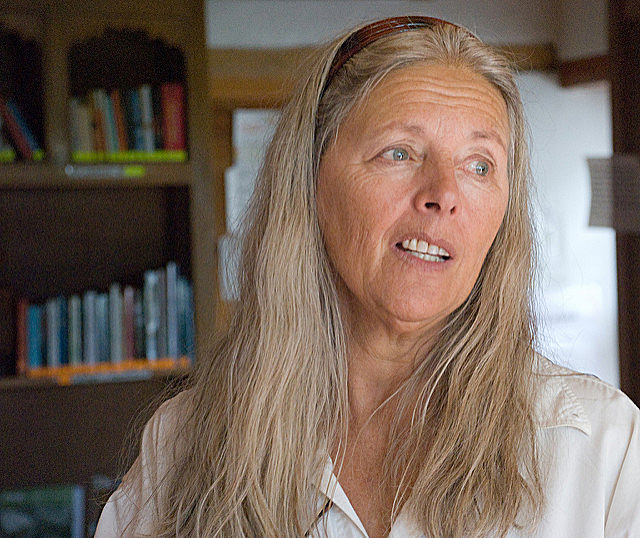
Norberg-Hodge, according to a recent journal article by Simon Ozer, feels they are losing a sense of belonging, identity, security, and interdependence. Modernization also leads, she argues in Ozer’s reading, to such other social ills as health problems, unemployment, drug addictions, family strife, lower quality of life, diminished self-esteem, greediness, and feelings of inferiority.
Ozer pointed out, however, that there are critics of Norberg-Hodge’s arguments. The critics reason that many Ladakhis take nuanced, culturally-appropriate paths in adapting to modernization. It is too simplistic to argue that Ladakh has had a pure, utopian society, which is now confronting a massively powerful, perverting Western culture. A majority of the Ladakhi people have yearned for help and development for much of the past century.
The author, a scholar at Aarhus University in Denmark, reviewed these contradictory points of view about Ladakh by examining the psychology of acculturation among two different populations of Ladakhi college students, a group in Leh and another in Delhi. He focused on the question of how they relate to both their own heritage and to the culture of the outside world, his definition of the process of acculturation.
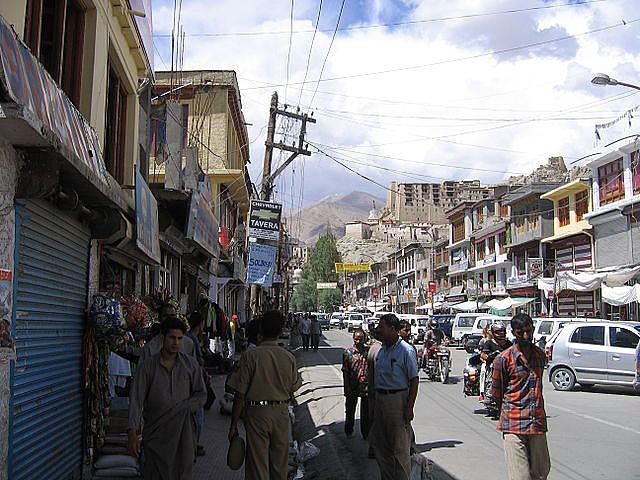
The goals of his research were to examine the association between acculturation and mental health in the two different populations of college students. His hypothesis was that if the antidevelopment discourse of Norberg-Hodge is correct, then people orienting toward the modern, Western culture should have more psychological stresses than the ones orienting primarily toward traditional Ladakhi culture.
Ozer used questionnaires and held semi-structured interviews with 292 college students in both Leh and Delhi in the spring and summer of 2012 to gather his data. He asked what aspects of the Ladakhi culture are worth preserving, how the culture of the new community where they are living and studying compares to the place they are from in Ladakh, how well education allows them to adapt to the new culture, and their feelings of distress associated with a new, larger, community.
In addition, he asked his subjects whether they felt distressed by their new community, whether their religious backgrounds helped them adjust, how well they actually liked the newer ways of living, and how they thought they would adjust to moving back to their old home areas in Ladakh—or even, would they want to go back?
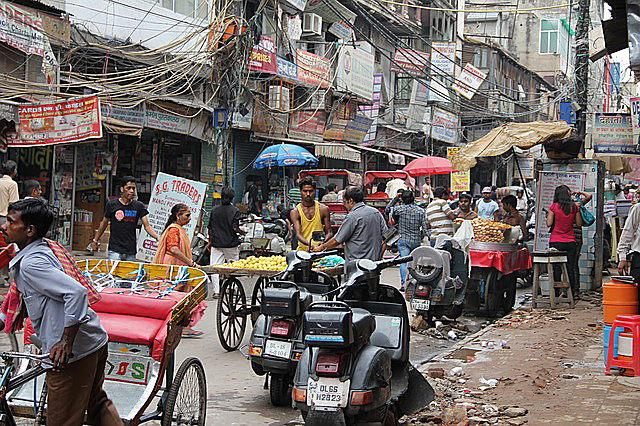
Perhaps not surprisingly, the students in Delhi were more focused on the new, modern world, while the ones in Leh were more oriented toward the traditional, ethnic culture of Ladakh. The group in Delhi used the social media as part of their increased orientation to the modern culture more than the group in Leh did, which used social media less often.
Furthermore, students born in the villages in Ladakh measured higher rates of depression in their new communities than did those from the larger towns in Ladakh—Leh and Kargil. More students studying at the college in Leh were from villages, and more students studying in Delhi were from the larger towns in Ladakh.
The students interviewed in both places said their moves to larger communities to pursue their educations were accompanied by excitement and a sense of adventure, at least at first. Then, many said, a sense of disappointment set in, accompanied by feelings of depression, fear, and longing for family. Both groups had positive and negative feelings toward their new experiences, which many students saw as broadening. However, many had negative reactions to the new sense of competition, though some viewed it as a positive experience.
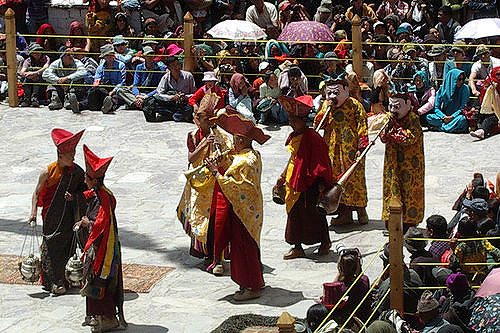
Both groups of students viewed tourism as a potentially positive benefit for Ladakh, particularly since, on the whole, it promotes effective development. The new foods, clothing, and values toward the environment introduced by tourists could be seen as positives, but smoking, drinking, and veneration for the profit motive were not. But tourism itself helped prompt Ladakhis to preserve their traditional identity and culture.
Ozer made some interesting observations about Leh and Delhi, the small town of about 30,000 and the megacity 500 times larger. The students living in Delhi quickly developed feelings of insecurity and frustration. They learned to mistrust people for their lack of honesty, their violence, their penchant for stealing, and the dangers of rapes and homicides. However, the students in Delhi tended to connect strongly with other Ladakhi partners and friends, which provided feelings of rootedness, of home, and of help in fending off feelings of loneliness.
The students noted the differences between Delhi and Leh. The teachers in Delhi lectured, but they offered no further help or support for students, who were left on their own. In contrast, the college teachers in Leh were friendlier, less pretentious, and more solicitous for the well-being of their students. Those teachers supported rather than punished, they said.

Three of the Leh students indicated they intended to move back to their villages after graduation. One man said he was a farmer’s son and he intended to return to his village and be a farmer too. The students viewed the villages positively, as cleaner and more peaceful, but they also saw the villagers themselves as more superstitious and narrow-minded. Most of the students in Leh, in fact, looked forward to continuing to live in the town rather than returning to their villages.
Ozer addressed Norberg-Hodge’s anti-development ideas by referring to the opinions of several students in both Delhi and Leh. They indicated that since sociocultural changes were inevitable, the most important issue was to accept positive elements and reject negative ones. They felt this could be accomplished by preserving and respecting the traditional Ladakhi culture.
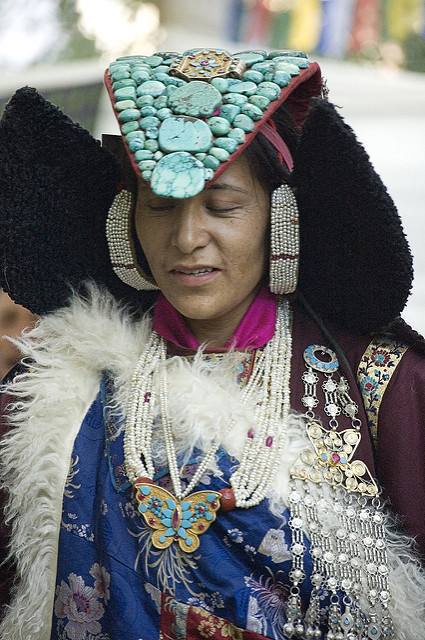
This could be done, they felt, by sometimes wearing traditional clothing, at times participating in the ancient ceremonies and yet, at the same time, accepting and integrating into Ladakh useful technologies and advanced educational strategies. Of course, navigating these processes of acculturation would depend on the abilities of the individuals, they believed.
The author concluded by noting that the Delhi sample, the students who had been most closely exposed to outside, modernizing cultural influences, had the lowest scores in the measures of psychopathology. This fact directly contradicts assumptions made by Norberg-Hodge that being exposed to outside influences would cause psychological distresses among the people of Ladakh. In essence, her assumptions may be correct in some situations with some Ladakhis, but as a generalization, they do not seem to apply to the Ladakhi youth of today.
Ozer, Simon. 2015. “Acculturation, Adaptation, and Mental Health among Ladakhi College Students: A Mixed Methods Study of an Indigenous Population.” Journal of Cross-Cultural Psychology 46(3): 435-453